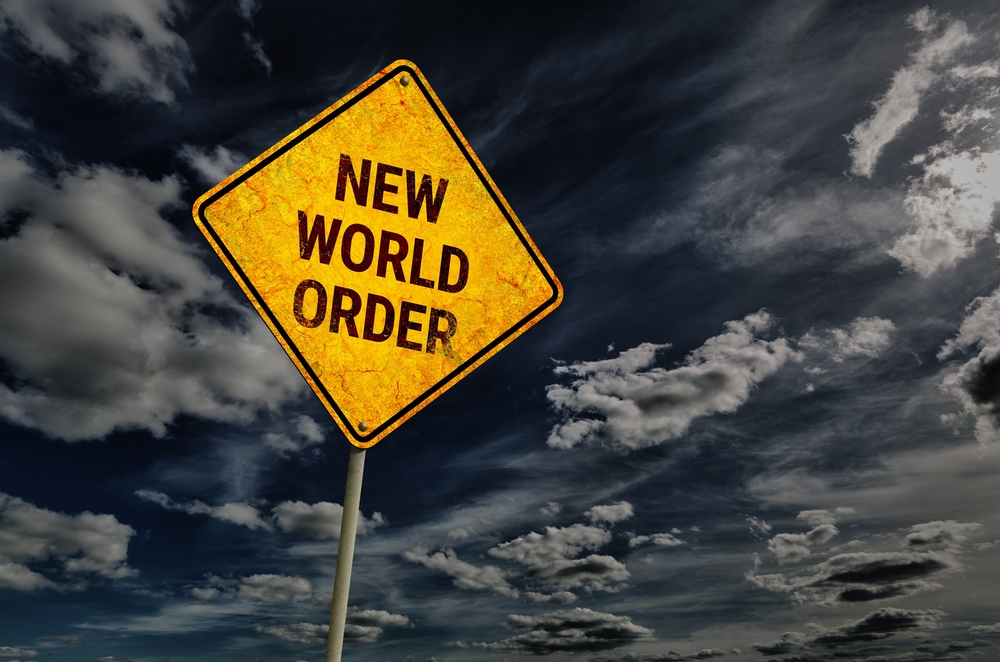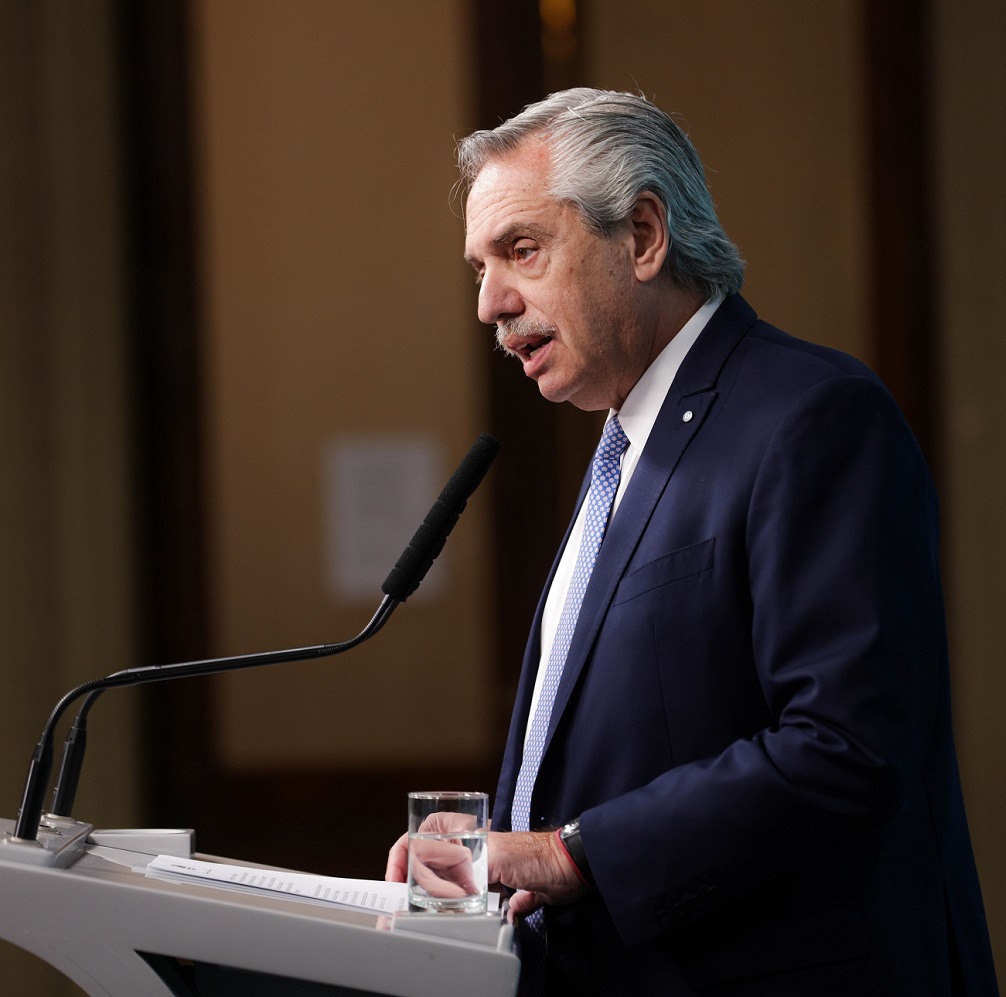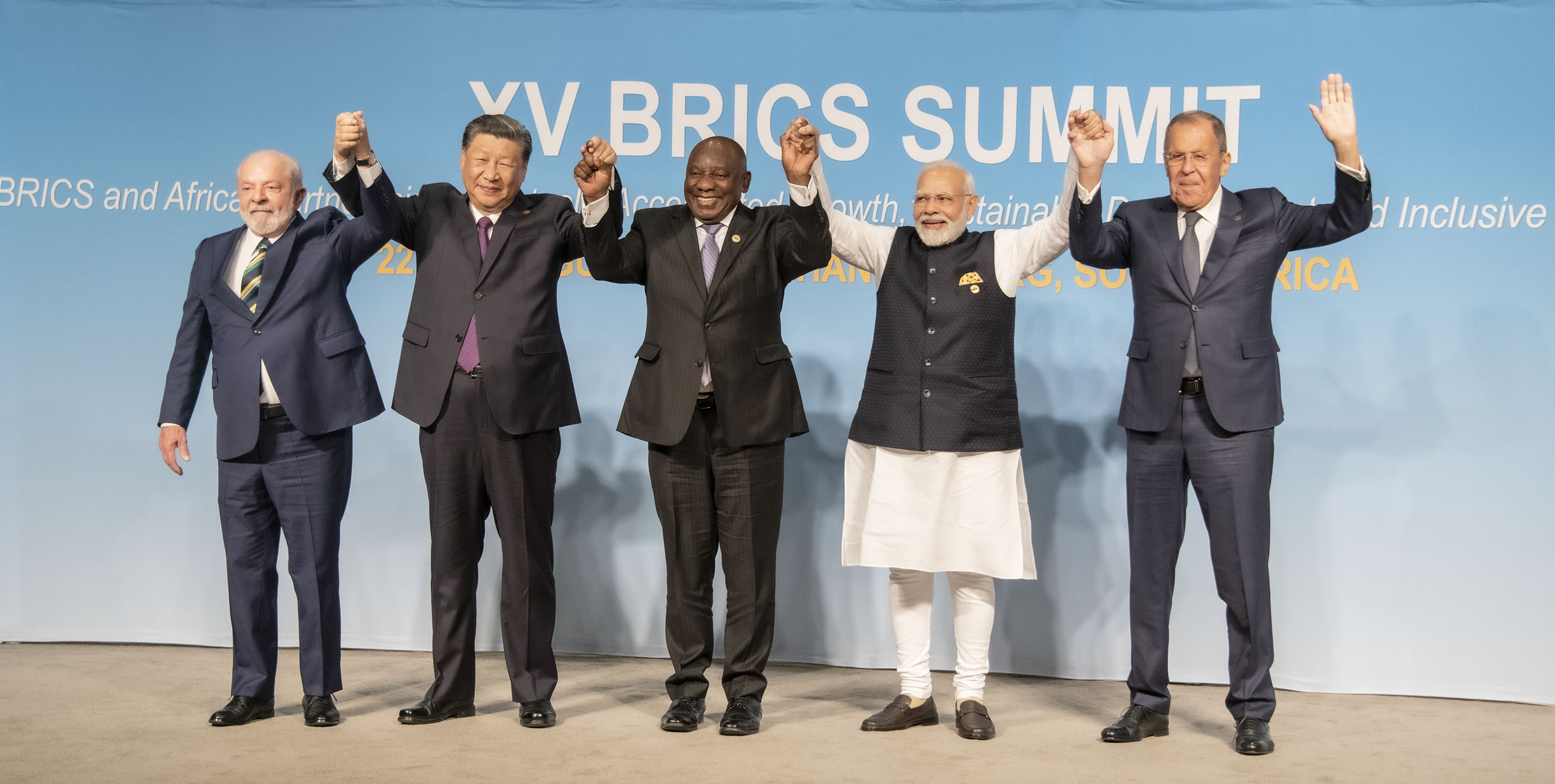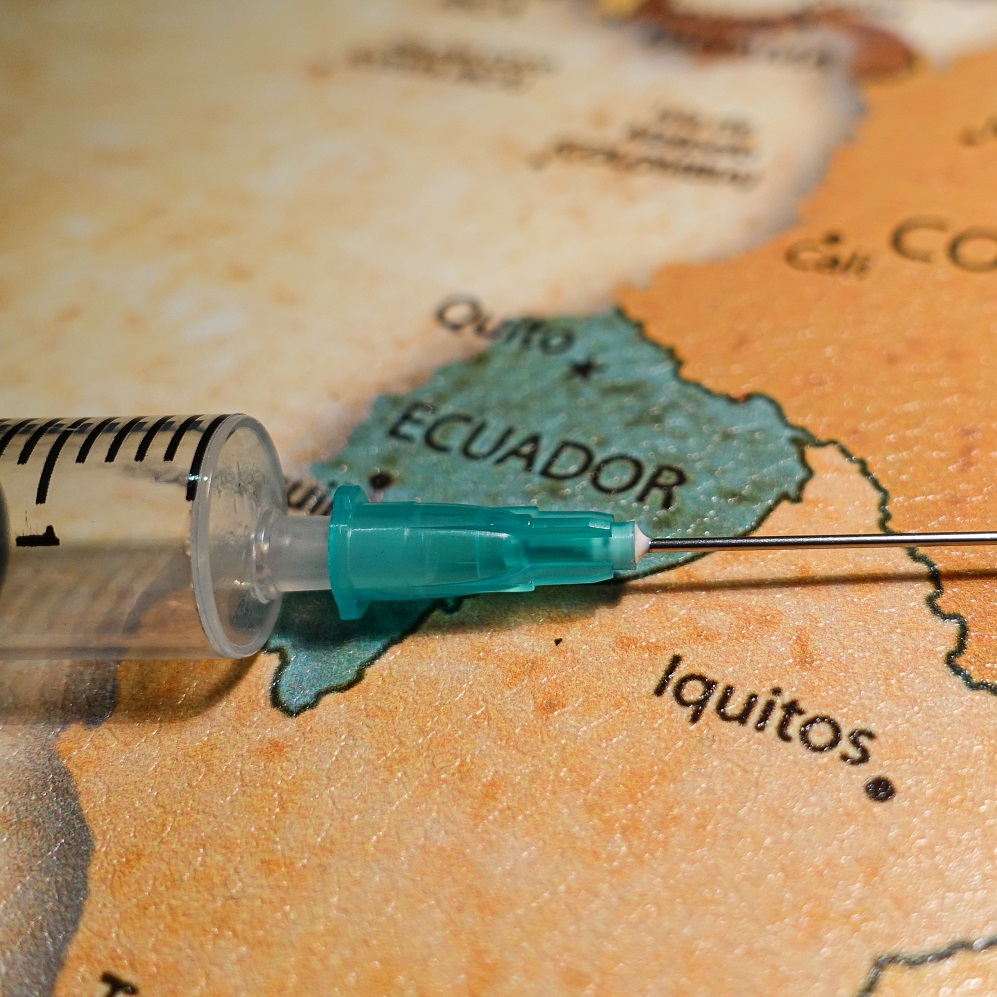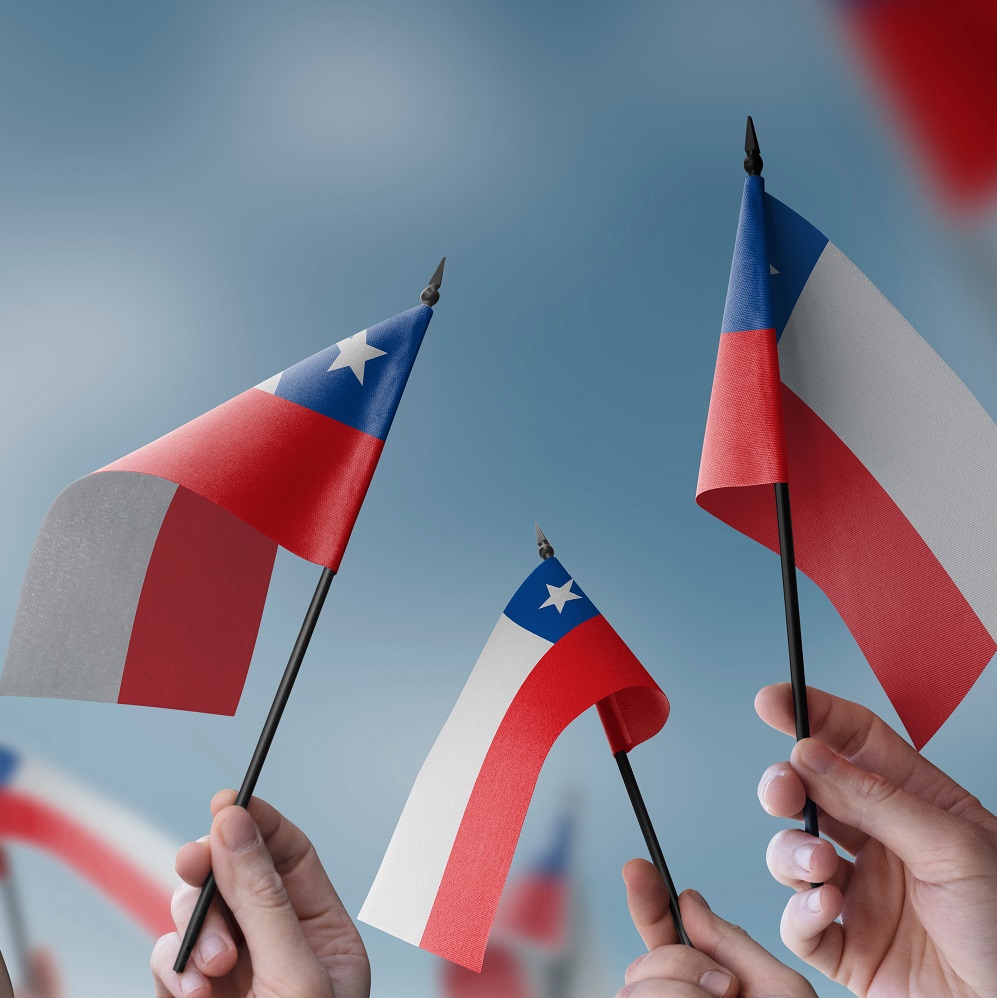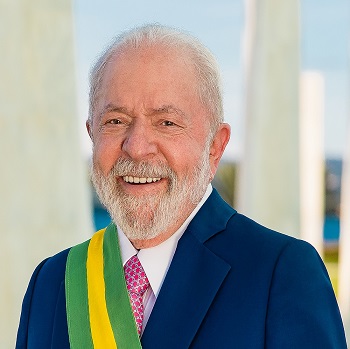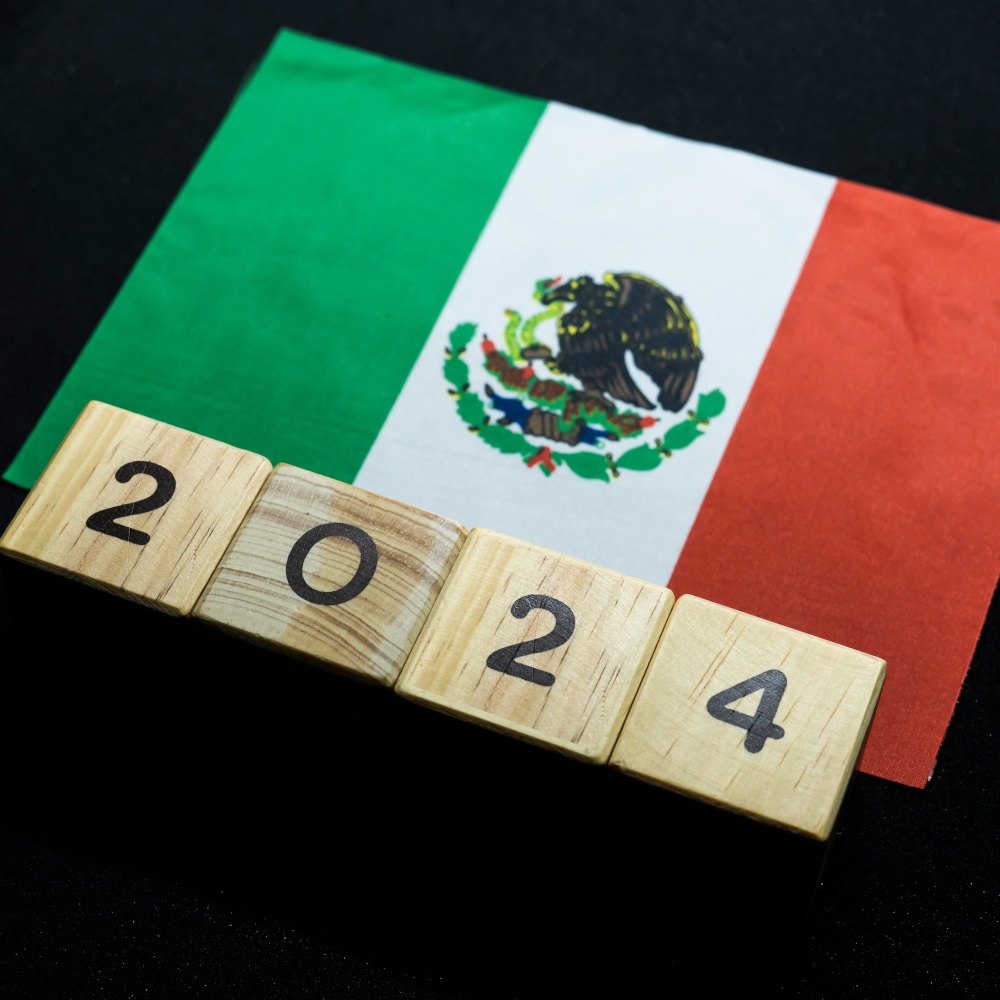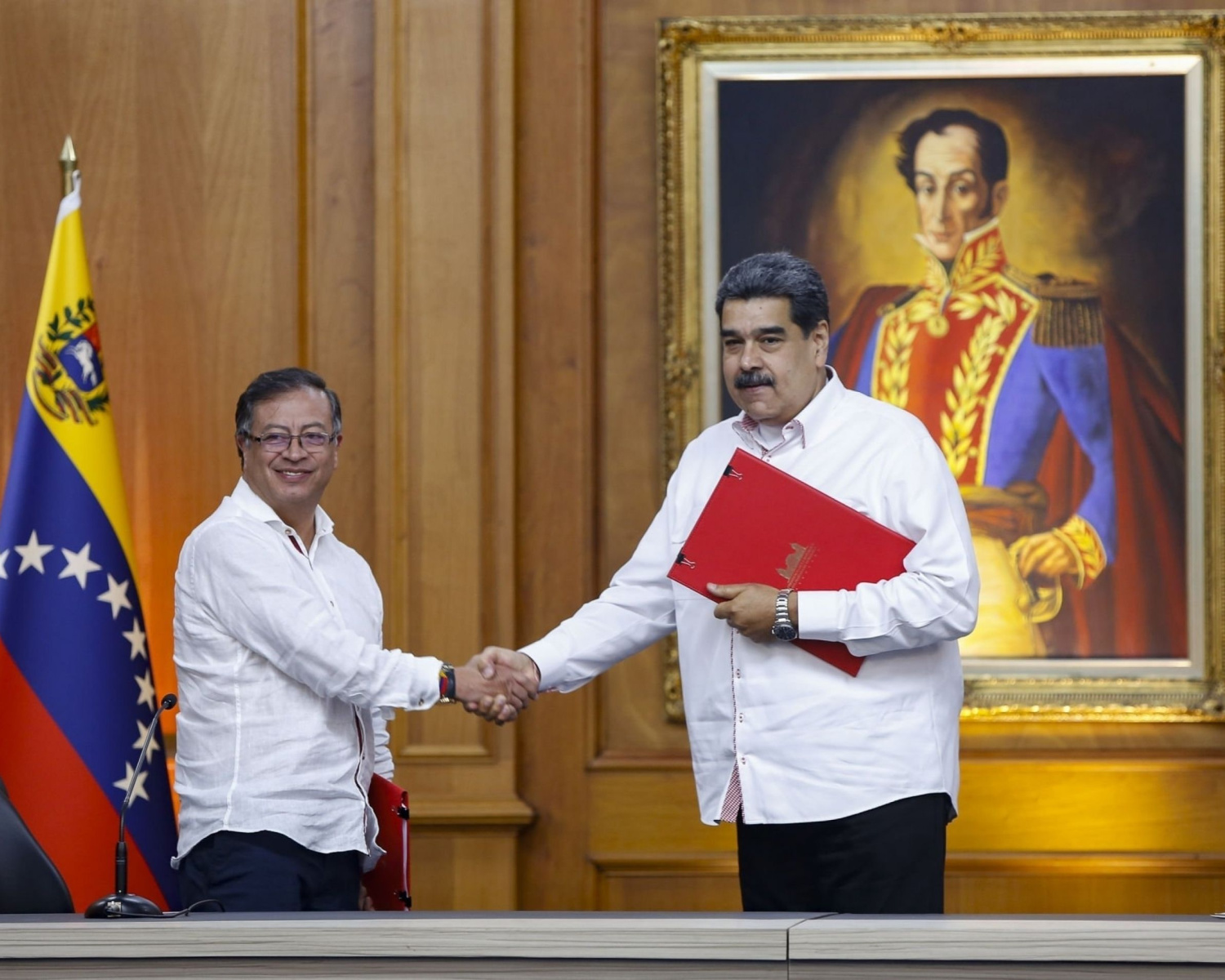
Re-launching Colombia's Neighbourhood Policy
by Stefan Reith , María Paula León,
President Petro seeks rapprochement with Venezuela Colombia and Venezuela were once part of the same state, have shared a history since their creation, have the same colours on their flags and share a 2,219 km border. What happens on one side of the border affects the other. However, relations between the two sister nations have not always been friendly and have experienced some very critical moments. The inauguration of Gustavo Petro as Colombian president in August 2022 marked a turning point for the prospects of bilateral relations, especially politically, but also economically and socially.The story of a complicated relationshipDespite the traditionally close political, social and economic ties, bilateral relations have been fraught with tension in recent decades. For example, the armed conflict in Colombia led to considerable emigration of Colombians to Venezuela for many years from the second half of the 20th century. The inauguration of Hugo Chávez as President of Venezuela in the late 1990s marked another turning point in relations between the two countries. For more than a decade, bilateral relations were marked by profound differences between Chavez's leftist government and Colombia's conservative government. The panorama deteriorated further when Nicolás Maduro took office in 2013, following the death of Hugo Chávez. Relations between the two countries suffered from the complex humanitarian emergency in Venezuela and the start of mass migration to Colombia triggered by the "Operation to Liberate the People". This operation forced about 22,000 people, mostly Colombians, to leave Venezuela in 2015. According to unofficial data, this number could be as high as 32,000. Ten years later, according to the R4V Coordination Platform for Migration from Venezuela, more than 7 million people have left Venezuela, of which about 2.5 million have resettled in Colombia. While relations were already going through a phase of erosion after the last presidential summit between Juan Manuel Santos and Nicolás Maduro in 2016 and the border closures pushed by Maduro, the discourse against the Venezuelan regime intensified when Iván Duque took office as Colombian president. Bilateral relations were de facto severed in 2019 after Colombia recognised Juan Guaidó as Venezuela's interim president and attempted to force the Maduro regime to allow humanitarian aid into the country with a concert at the border. In February 2019, Maduro decided to sever diplomatic and consular relations with Colombia and gave all Colombian diplomatic personnel 24 hours to leave Venezuela. The common border has been closed three times in the last seven years. The longest period, during the Duque government, was from March 2020 to October 2021 (570 days). This was the longest border closure in the history of both countries. While foreign policy towards Venezuela was at an impasse due to broken relations as well as the recognition of oppositionist Juan Guaidóas a legitimate president, former President Duque focused on measures to protect and integrate Venezuelan migrants at home. The most important of these is the "Temporary Protection Statute for Venezuelan Migrants" (ETPV), a complementary procedure to the international protection system for refugees that allows Venezuelan migrants to move from temporary protection status to normal migration status within a period of 10 years. Today, around 1.5 million migrants already have the Temporary Protection Permit (PPT) and thus a secure, 10-year legal residence status. The Duque government's innovative and generous migration policy has been recognised worldwide. Restarting relations under President PetroSince the Petro government took office on 7 August 2022, circumstances have changed. For the first time in many years, the presidents of both countries are supposedly on the same side of the political spectrum. Already during the election campaign, Gustavo Petro had announced the resumption and normalisation of relations with Venezuela in case of his election victory. In the meantime, Petro has already paid several visits to Venezuela, as have the First Lady, Verónica Alcocer, the Foreign Minister, Álvaro Leyva, and the Minister of Trade, Industry and Tourism, Germán Umaña. In his seven months in office, Petro has already travelled to Venezuela four times to meet with President Maduro. Critics, however, criticise the lack of institutionalisation and intransparency of these meetings. So far, no bilateral thematic agenda has been revealed to flesh out the political declarations of intent to normalise relations. There is a lack of transparency and information and there are no joint statements on the content of the meetings. In recent months, ambassadors Armando Benedetti (Colombia) and Félix Plasencia, who was later replaced by Carlos Martínez (Venezuela), were appointed. On 26 September 2022, the border reopened at the Simón Bolívar Bridge. Subsequently, the Atanasio Girardot Bridge was inaugurated and the "Agreement on the Promotion and Mutual Protection of Investments" and the "Recast of the Partial Scope Agreement No. 28", which had governed trade relations between the two countries since 2011, were signed. President Petro places the expansion of trade relations at the centre of his Venezuela policy. German Umaña, current trade minister and former director of the Colombian-Venezuelan Chamber of Commerce, is considered an expert on Venezuela. According to the Táchira Chamber of Commerce, trade with Colombia reached USD 600 million in 2022, twice as much as in the previous year, but much less than expected by the authorities. Trade relations are (still) a long way from earlier times, when Venezuela was Colombia's second-largest trading partner. Another important issue in the normalisation of relations is the restoration of consular relations. So far, however, progress on this issue has been slow. The opening of the first Venezuelan consulate in the Colombian border town of Cúcuta was announced only a few days ago. Moreover, the facilities are not yet fully functional. Expectations for the normalisation of relations are high, especially in the border region. In addition to a functioning consular operation in both countries, the regulation of public transport and the re-establishment of air connections as well as a stronger reactivation of trade are needed. It remains to be seen how long it will take for trust to be restored with Venezuelan partners and for economic and social relations to return to the level of earlier times. Parallel to the rebuilding of bilateral relations, a change in the discourse on the migration of Venezuelans to Colombia can be observed in the Colombian government. This important issue does not seem to be on the bilateral agenda - notwithstanding projections that the numbers of migrants to Colombia will continue to increase, reaching almost three million people by 2023, according to R4V projections. At the national level, President Petro seems to want to shift the focus on the migration issue, seeking to extend the legalisation of immigrants under the ETPV to other nationalities and dismantling part of the institutional framework. The most drastic decision in this regard was the abolition of the Office for the Care and Socioeconomic Integration of Venezuelan Migrants. The office, created in 2018, was previously considered a key instrument for effective implementation of migration and integration policies, as well as for coordination between local and regional governments and the national government. When President Petro took office, the migration issue was transferred to the Ministry of Foreign Affairs; however, many processes and responsibilities remain unclear, as experts criticise. Critics suspect that the Maduro regime may be pushing to exclude the uncomfortable migration issue from the political and public discussion in order to make progress on other issues in return. Despite the symbolically important resumption of relations and progress in some aspects, major challenges remain in political, economic, migration and security terms. Representatives of civil society and the private sector are calling for a concrete bilateral working agenda as well as more transparency and participation beyond the symbolic politics visible so far.Energy transition and "complete peace"Gustavo Petro came to government with the promise of profound change. The revival of relations with Venezuela is part of this domestic and foreign policy paradigm shift because it is central to the planned energy transition and the "complete peace" propagated by Petro. Thus, gas imports from Venezuela are to support Colombia's exit from coal and oil production. And in the negotiations with the ELN guerrillas, the regime of Nicolás Maduro sits at the table as a guarantor state. The proposal to rely on gas imports from Venezuela in the future has met with criticism from the opposition and experts, as it would put Colombia's currently self-sufficient energy supply at risk and place it in a relationship of dependency with Venezuela. Although Colombia has proven gas reserves for eight years and sufficient capacity not to depend on other countries for its desired energy transition, the government is considering the possibility of not signing any more contracts for the exploration and exploitation of oil and gas. Instead, gas imports from Venezuela are to fill the expected energy gap. The debate is taking place in the context of Russia's war of aggression against Ukraine, which is not only driving up international energy prices, but also highlights the risks of making one's sovereignty dependent on other countries for energy supplies. According to the Colombian Natural Gas Association (Naturgas), importing gas would increase the price for Colombian households by about five times. President Petro, on the other hand, publicly stated that Colombia was already importing gas from other countries. While gas prices were rising, private actors were enriching themselves, the president said. Experts question whether Venezuela will really be able to supply gas in the quantities needed, given the state of its current infrastructure. Whether the early phase-out of fossil energy production and the massive expansion of renewable energies propagated by President Petro in the election campaign will really be supported by gas imports from Venezuela is currently still an open question. Beyond the government's political rhetoric, there are increasing signs that state revenues from oil and gas production will be necessary in the medium term to finance a sustainable energy transition. Besides the energy transition, Venezuela is also an important actor for the Colombian peace process. The Petro government's decision to make Venezuela the guarantor of the negotiation process with the National Liberation Army (ELN) was therefore not unexpected. As a binational guerrilla active on both sides of the border, negotiations with the ELN are hardly realistic without Venezuela's participation. According to information from InSight Crime, the ELN has a permanent presence in eight states of the neighbouring country; at least five members of the central command have their permanent residence in Venezuela. Nevertheless, critics accused the president of unnecessarily legitimising Nicolás Maduro's regime internationally through this mediating role. Security experts consider it paradoxical to appoint Nicolás Maduro as guarantor of the process, as there is evidence of cooperation between Venezuelan security forces and the ELN. It is therefore uncertain which interests the Maduro regime represents in accompanying the negotiations.President Petro in the mediating roleWhereas under its predecessor governments, Colombia was recognised internationally as an actor that clearly criticised the dictatorship of Nicolás Maduro, the humanitarian crisis of the Venezuelan people and the resulting refugee migration flows to other countries, the discourse has now changed. Petro sees himself more in the role of mediator to alleviate Venezuela's isolation and to support dialogue on democratic elections in the neighbouring country. The issue of Venezuela played an important role during his state visit to the US. In talks with the US government, he advocated an easing of sanctions against Venezuela if Maduro was willing to make concessions in return. In his speech to the Permanent Council of the Organisation of American States (OAS), he proposed rewriting the democratic charter to put Venezuela and even Cuba back on the path to democracy. Another example of Colombia's new mediating role was the International Conference on Venezuela in Bogotá on 25 April, to which the Petro government invited representatives from more than 20 countries. The initiative was endorsed by the Maduro regime, the United States and part of the Venezuelan opposition. According to Colombian Foreign Minister Álvaro Leyva, the aim of the conference was to unblock negotiations between Maduro and the Venezuelan opposition in Mexico in order to hold democratic elections in Venezuela and, in turn, to persuade the international community to end economic sanctions. Attention was drawn to the expulsion of Juan Guaidó, who entered the country illegally and was immediately put on a scheduled flight to Miami by the Petro government. The conference did not lead to concrete results; even a joint final declaration was missing. Afterwards, participants described the conclusions of the Colombian government as one-sided. Whether the Petro government's continued rapprochement with Venezuela can also convince the international community to ease sanctions will largely depend on the progress of negotiations on democratic elections between Maduro and the opposition.ConclusionDespite some important steps such as the opening of the border and the resumption of diplomatic relations, it is still too early to make a conclusive assessment of the prospects for Colombian-Venezuelan relations. Political rhetoric and symbolic politics are contrasted by a bilateral thematic agenda that is still barely discernible. The ultimately unsuccessful political approach of the previous Duque government, which was characterised by non-recognition and the goal of replacing Maduro's regime, has given way under President Petro to an open attitude that is willing to engage in dialogue. Critics accuse President Petro of not taking sufficient account of the authoritarian character of the Venezuelan government in the course of the rapprochement and of strengthening the Maduro regime in its self-chosen role as international mediator and advocate for the easing of sanctions. While the tone and interpersonal relationship between political leaders on both sides of the borders has visibly eased, structural challenges and clashes of interests - migration to Colombia, the role of the ELN, economic interests, security and drug trafficking - remain and require complex and institutional approaches. While the Maduro regime can play for time in negotiations with the opposition to secure its own hold on power, President Petro has only one term in office to implement his ambitious domestic and foreign policy agenda. Venezuela is an important player and possible partner in this, especially with regard to the peace process and the desired energy transition. President Petro still has more than three years left in his term to prove that his détente course towards Venezuela is the better policy approach to strengthen democracy, security and development in the region.









